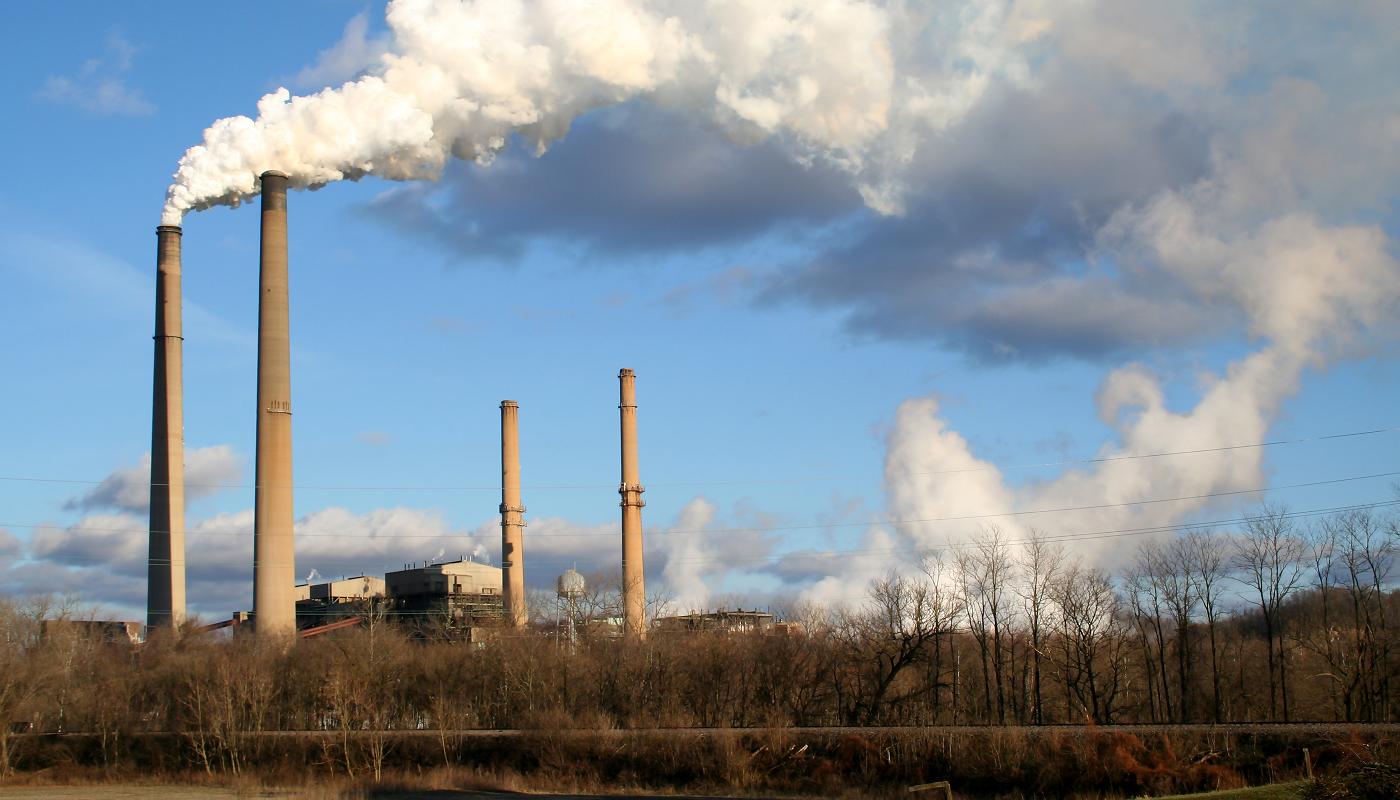There have been many pictures posted on the internet and controversies have been going around regarding the air quality in China. Experts are also talking about the Asian air pollution being linked with the strong Pacific Storms. Recent studies suggest that the pollution in China and other Asian countries have far reaching impact on the globe.
Air pollution has a profound impact on weather patterns, cloud formations, precipitation, wind, and ocean currents around the world. The global warming and ice cap melting can reduce the salinity of the ocean, vary the ocean temperatures, affect the water and air current, and tide movement patterns across the globe.
 Last winter, scientists well-defined the effects of air pollution in a study titled Assessing the Effects of Anthropogenic Aerosols on Pacific Storm Track Using a Multi-Scale Global Climate Model, published in a study at the Proceedings of the National Academy of Sciences (PNAS). Here, Yuan Wang, a scientist and a leading author at the California Institute of Technology, who works extensively at the “Jet Propulsion Laboratory” stated in his report that “pollution could lead to quite dramatic results. It could result in taller and thicker clouds, bringing down heavier precipitation.”
Last winter, scientists well-defined the effects of air pollution in a study titled Assessing the Effects of Anthropogenic Aerosols on Pacific Storm Track Using a Multi-Scale Global Climate Model, published in a study at the Proceedings of the National Academy of Sciences (PNAS). Here, Yuan Wang, a scientist and a leading author at the California Institute of Technology, who works extensively at the “Jet Propulsion Laboratory” stated in his report that “pollution could lead to quite dramatic results. It could result in taller and thicker clouds, bringing down heavier precipitation.”
Toxic atmosphere in China
 Some of the leading pollution-causing countries are in Asia. The leading cause of air pollution in China is the fuel that they use for their factories. The most common fuel used in China for commercial purposes is coal, which is one of the dirtiest and pollution-fossils known today. The effects of the pollution and the negative impacts on the globe due to air pollution go beyond regional climate and can affect the global air circulation.
Some of the leading pollution-causing countries are in Asia. The leading cause of air pollution in China is the fuel that they use for their factories. The most common fuel used in China for commercial purposes is coal, which is one of the dirtiest and pollution-fossils known today. The effects of the pollution and the negative impacts on the globe due to air pollution go beyond regional climate and can affect the global air circulation.
Pollutants from two major cities in Asia, such as Beijing and Delhi, often reach at hazardous levels far above the World Health Organization’s recommended safe emission levels. The pollutants not only affect citizens living in those countries but the entire globe (especially the Northern Hemisphere)
Asian Pollution & Pacific Storm
Researchers found that tiny pollutant particles in the atmosphere can be blown further north and interact with water particles over the North Pacific Ocean. The air pollution from Asian countries tends to interfere with the weather patterns of the pacific storm tracks, especially in the northern regions during the winter, where downstream are formed.
How valuable is the air we breathe?
Most of us don’t think about the value of air when we are breathing it in. Could you ever picture the day clean air goes on sale? Well, that is exactly what happened in Beijing recently. A jar of clean mountain air went on auction and sold for 5,250 Yuan (equivalent to $845 in the United States). An artist named Liang Kegang, who lives in Beijing, wanted to make a point about the air quality of his home town. He went on a trip to Paris and brought back a jar of air. This was his way of protesting against the air quality of his home town in China.
![]()
![]()
 Extreme conditions regarding pollution should make a red flag go up in the countries where pollution is not a big concern. If we are constantly putting elements in the atmosphere which contain toxic elements or high levels of pollutants, sooner or later we are going to be facing the same consequences as China and India are facing today; it surely gives us food for thought.
Extreme conditions regarding pollution should make a red flag go up in the countries where pollution is not a big concern. If we are constantly putting elements in the atmosphere which contain toxic elements or high levels of pollutants, sooner or later we are going to be facing the same consequences as China and India are facing today; it surely gives us food for thought.
Hope you will join us in our battle against pollution and negative impacts on the globe and try to make the globe a better place for us and for our future generations. Please share this article. Please leave a comment and let your voice be heard.



